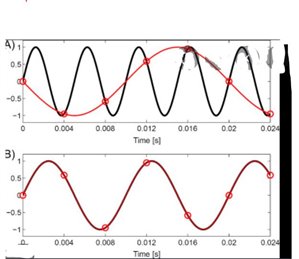I am working on a small 16kW hydro system which is experiencing about 15% loss in the Regenerative VSD. To maximise efficiency the turbine operates at variable speed. The VSD controls a synchronous generator and supplies the grid.
The VSD is a Siemens G120. The datasheet states that the efficiency should be around 96%, whilst also stating that the Power Factor is 0.9. I am looking to replace this drive for an ABB ACS 880-11 which has similar efficiency but a unity power factor.
Firstly can I trust these datasheets since, I assume, they relate to the VSD delivering electrical energy to a motor rather receiving it from a generator? Is there an efficiency penalty for regenerative generation?
Secondly, with all else being equal, will the drive with a unity power factor equate to more electrical energy on the meter than the drive with a 0.9 power factor?
Thanks

